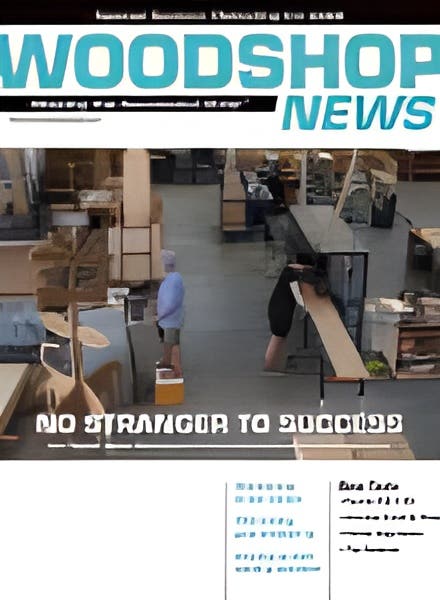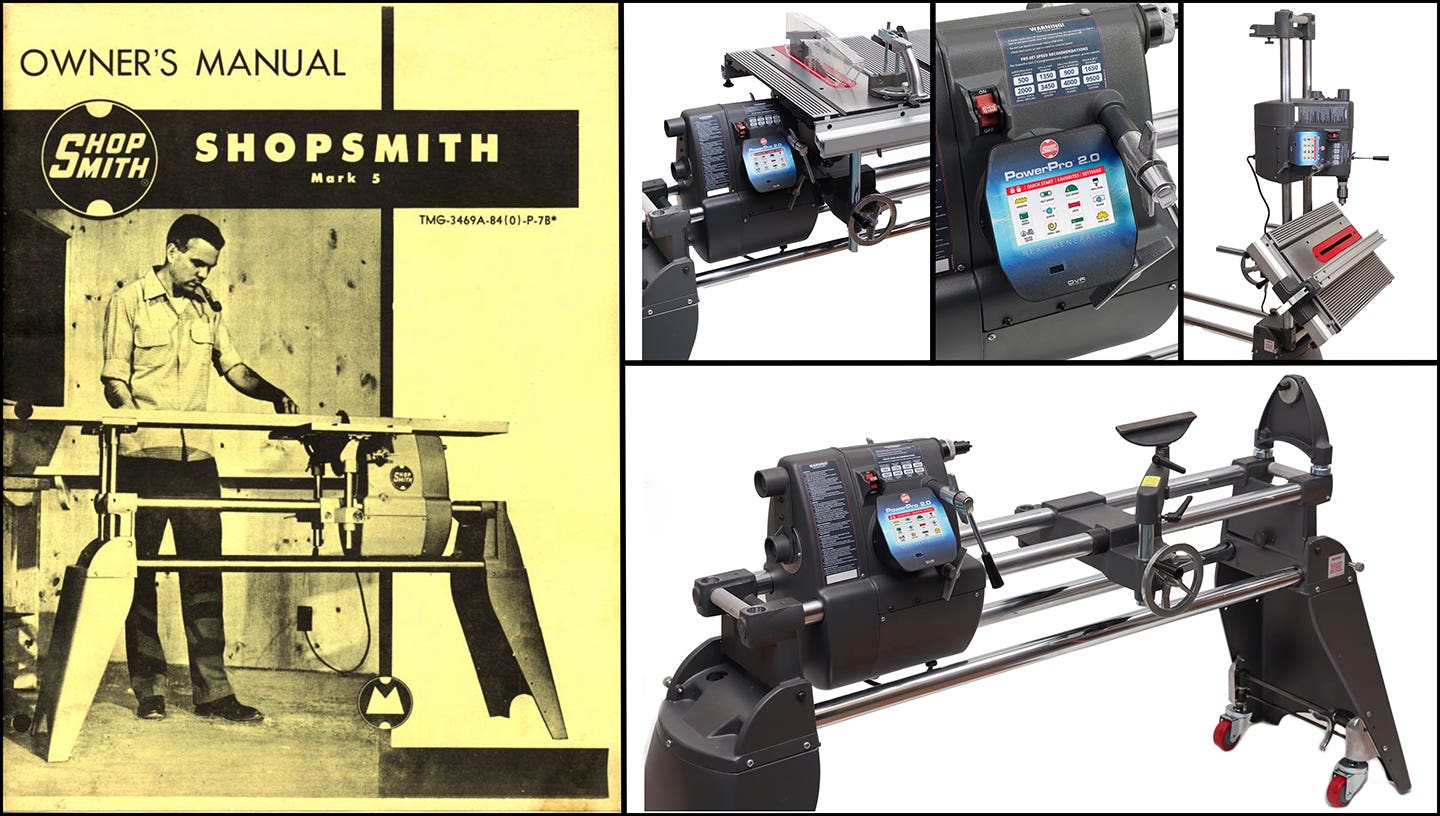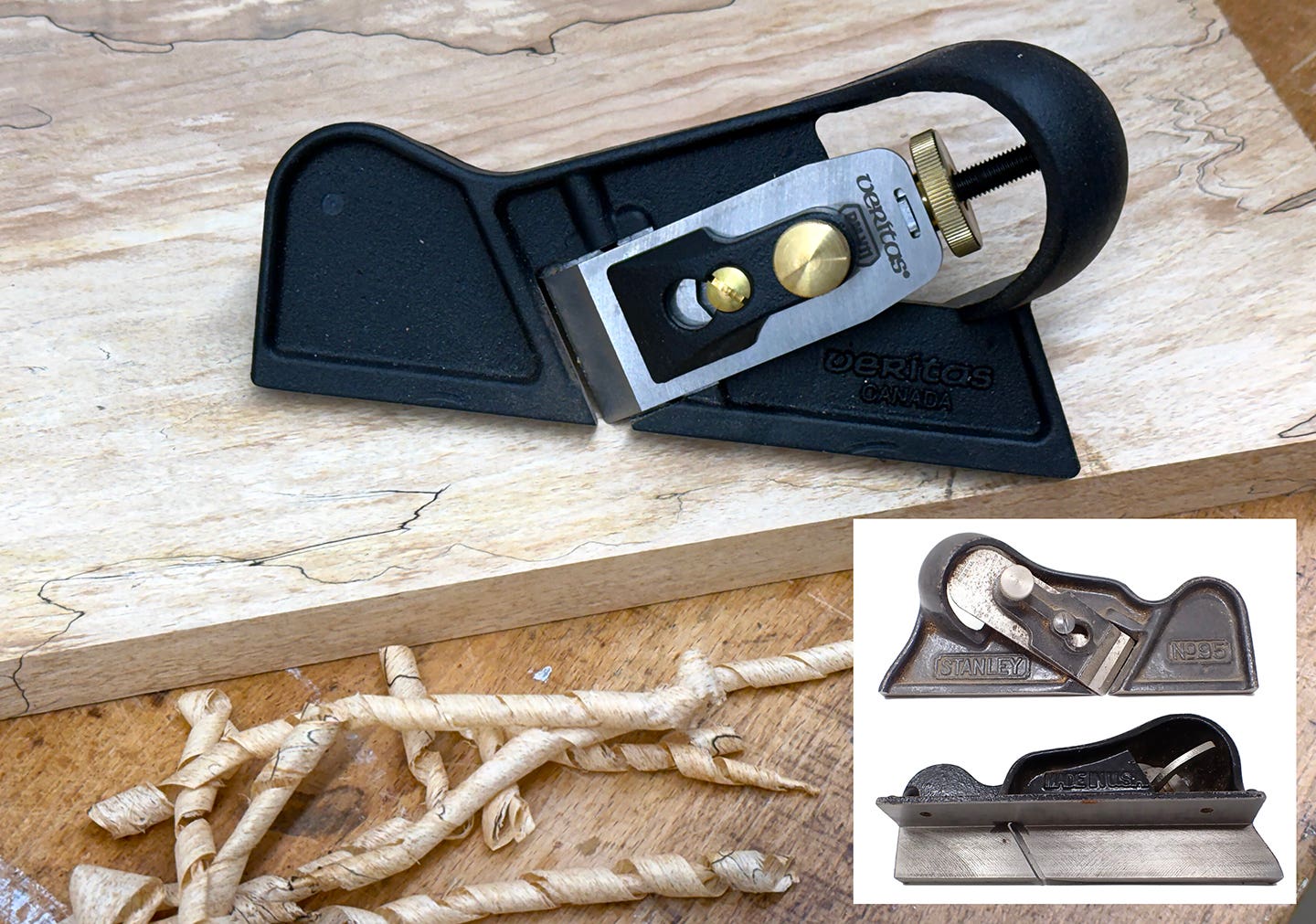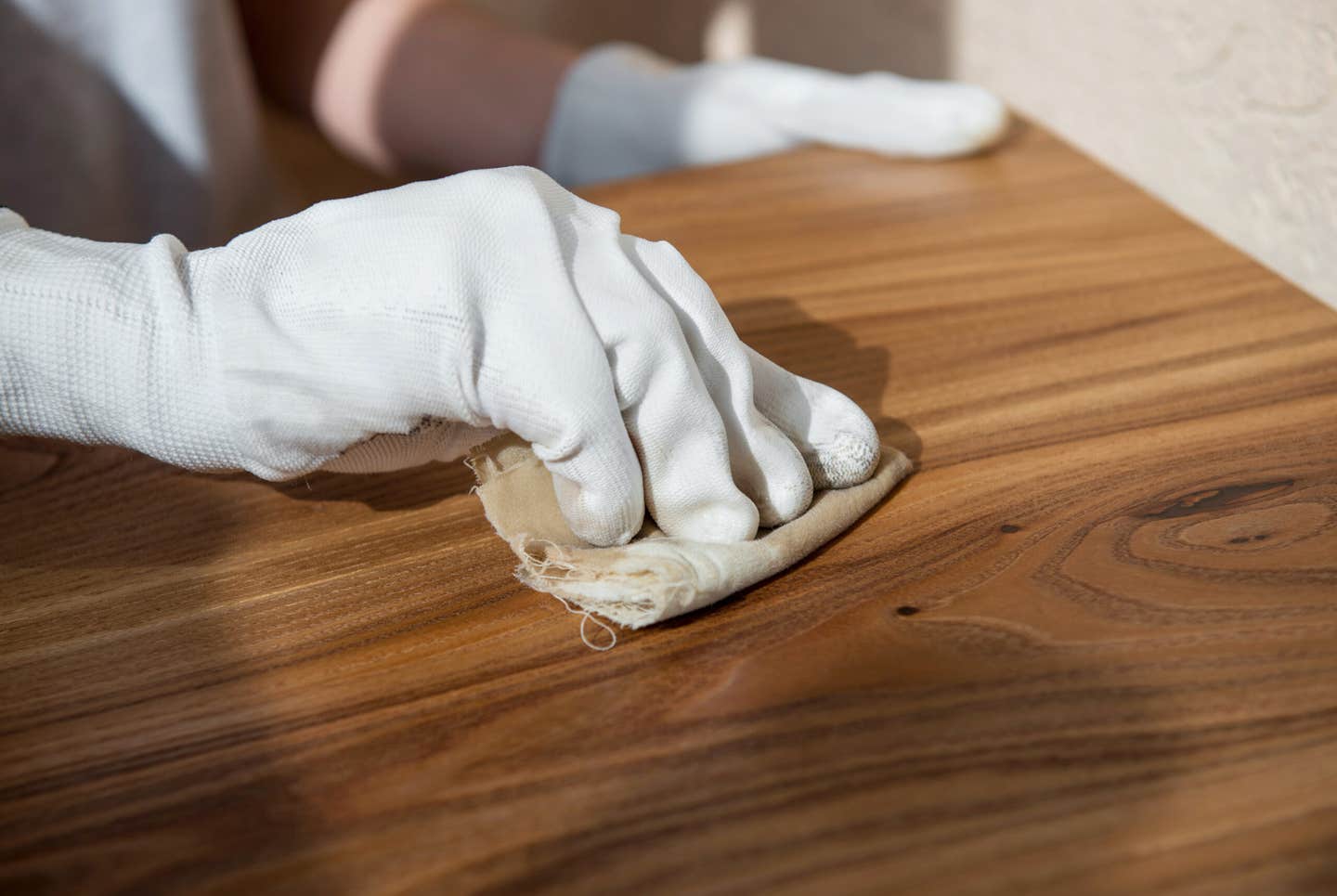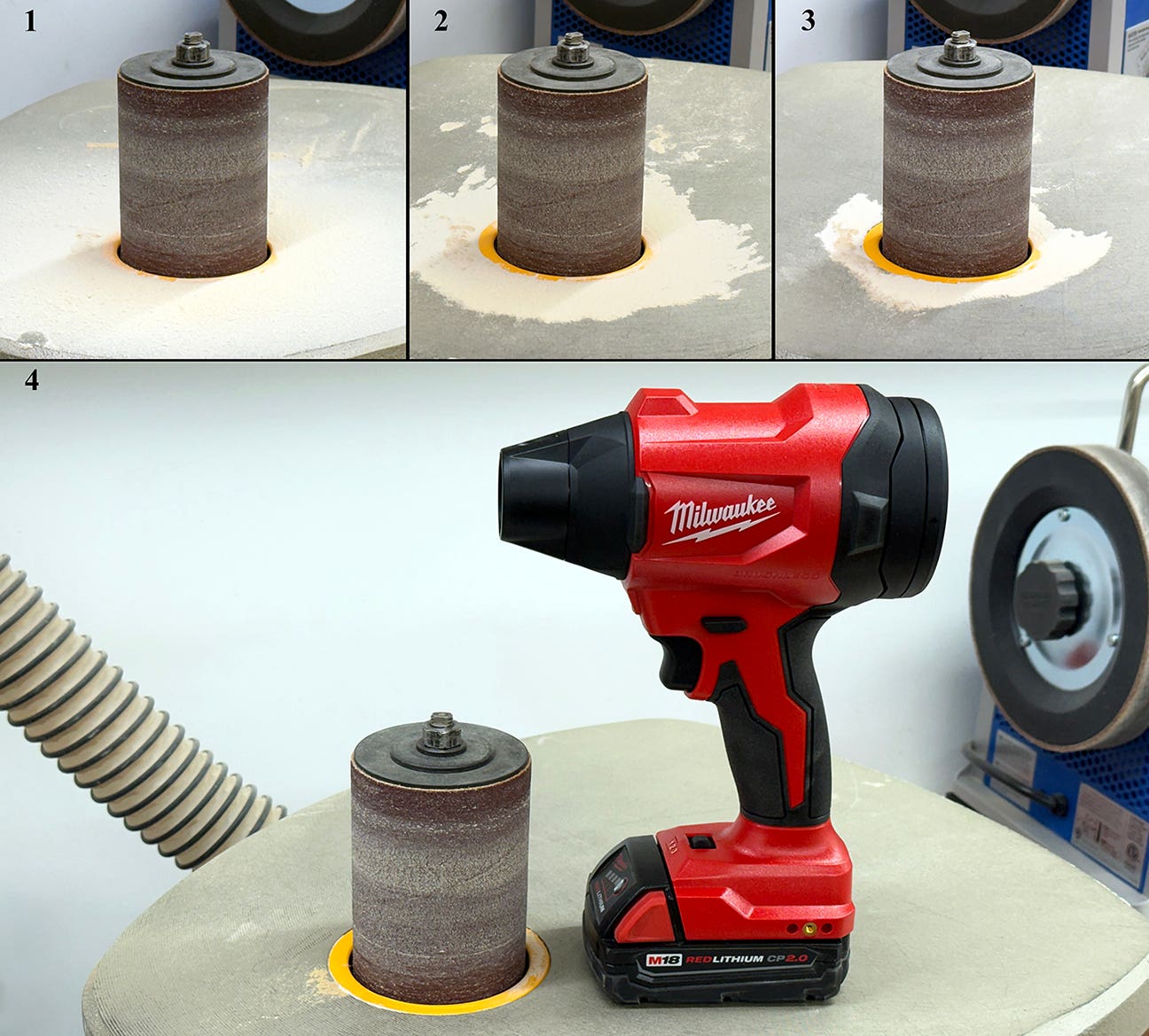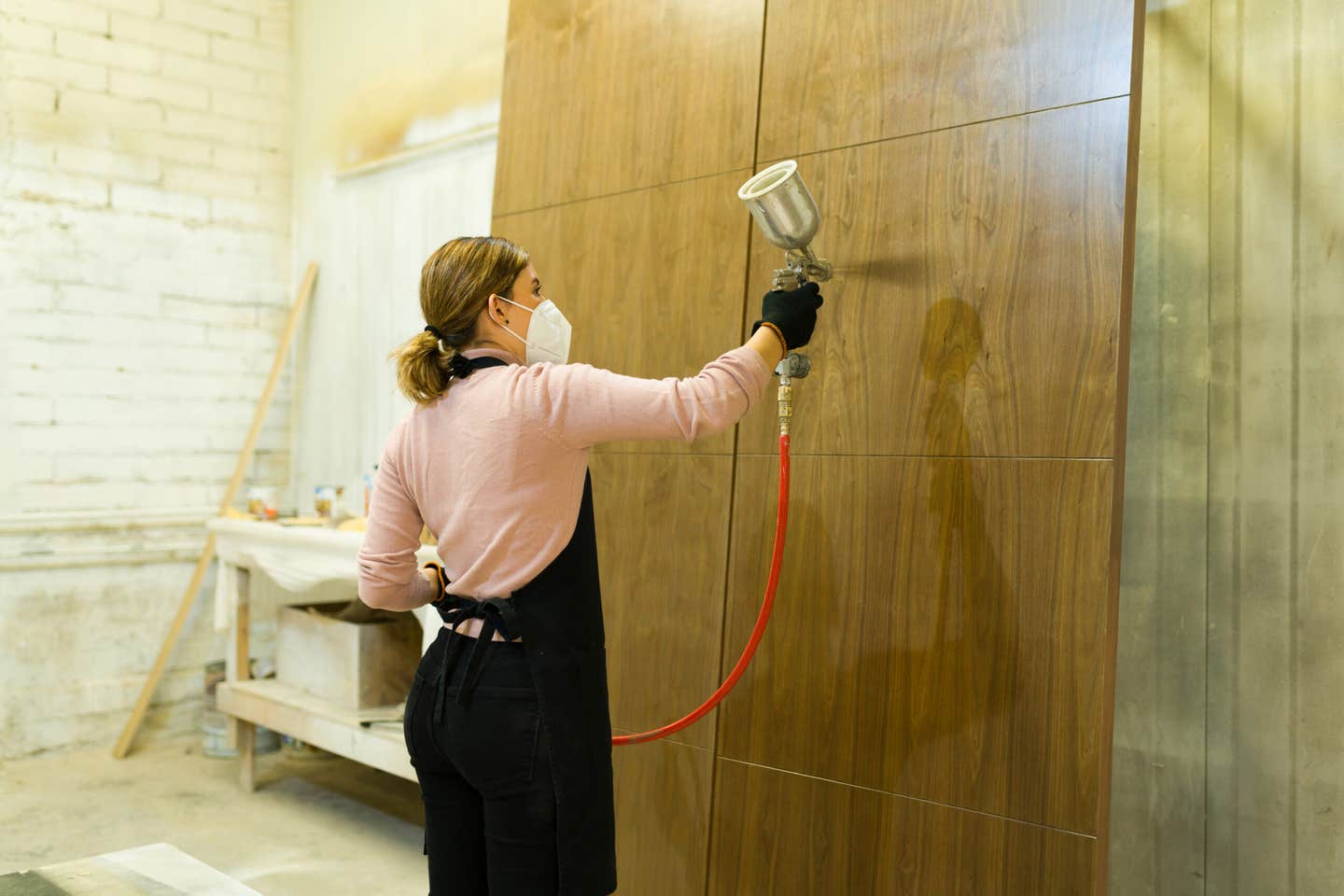Take two
What to do when a project fails? Turn it into something else. Some time ago I talked about a project my daughter requested, repairing a cherry dining chair that had…
What to do when a project fails? Turn it into something else.
Some time ago I talked about a project my daughter requested, repairing a cherry dining chair that had split and fallen apart. I mentioned at the time that the damage was in a terrible spot for repairing in a straightforward manner, and that there were pieces missing. But as I started working on it, it became clear that the chair simply wasn’t repairable, at least not in such a way to return it to service.
So, I checked with my son-in-law (whose grandparents originally owned the dining set) about what he wanted to do. He was disappointed, of course, but admitted that he suspected the damage was so bad the chair might be unrepairable. However, he was perfectly fine with me reusing the wood.
Regular readers know that I love repurposing old wood, especially if it has a family or sentimental history, so I came up with a list of potential projects. The chair legs are obvious spindle turning blanks, while the thicker seat can be converted to a decent quantity of flat stock for smaller builds, or parts of larger ones.
But I decided on something simple and useful he can use in his work at his family-owned and operated large garden center — a lock-back pocketknife. Since he keeps a knife with him at all times every day, using wood with a family history to make the knife scales seemed like the perfect fit.
Using one of the chair legs, I resawed several pieces of thin cherry stock, enough for several knives, reserving the remaining three legs for turning stock. I’ve never done knife scales before, but I have replaced wooden handles on dozens of pieces of 19th-century cutlery for my Civil War reenacting buddies, which is pretty much the same principle.
Take two of the chair-repair project is underway. The best part? While the chair didn’t yield a ton of usable stock, there is certainly enough for a take three, and probably more.
A.J. Hamler is the former editor of Woodshop News and Woodcraft Magazine. He's currently a freelance woodworking writer/editor, which is another way of stating self-employed. When he's not writing or in the shop, he enjoys science fiction, gourmet cooking and Civil War reenacting, but not at the same time.

